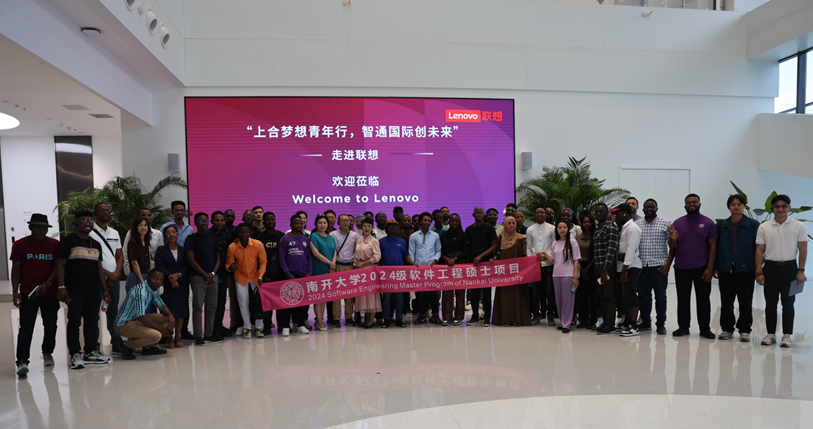
(Chu Yifang, Chen Yingyi)To further promote the Shanghai Cooperation Organisation's ethos of ‘pursuing common development,’ and foster industry-academia-research collaboration, coordinated by Nankai University's Tianjin Alumni Association, invited by Tianjin Port Free Trade Zone, 50 Software Engineering master degree international students of Mofcom Program, College of Software, Nankai University visited Tianjin Airport Economic Zone on 16 September 2025, got first-hand experience of Tianjin's cutting-edge advancements in economy and technologies.
By the Sea and Sky, Connecting the World: Witnessing the Development Achievements of Tianjin Port Free Trade Zone
The first stop was at the Tianjin Airport Economic Zone Exhibition Centre, where international students had a systematic approach of the Tianjin Port Free Trade Zone's thirty-four-year development journey: historical evolution, spatial planning, internationalization, industrial advancement, and daily life improvements.
Established in 1991 with approval from the State Council, the Tianjin Port Free Trade Zone(TPFTZ) stands as the nation's second and northern China's first Free Trade Zone. Featuring a spatial layout comprising ‘two ports and three zones’, it spans a planned area of 223.2 square kilometers. TPFTZ administers four customs special supervision areas, with a planned port shoreline of 44.8 kilometers. It is designed to accommodate 60 berths with an annual throughput capacity of 116 million tonnes.
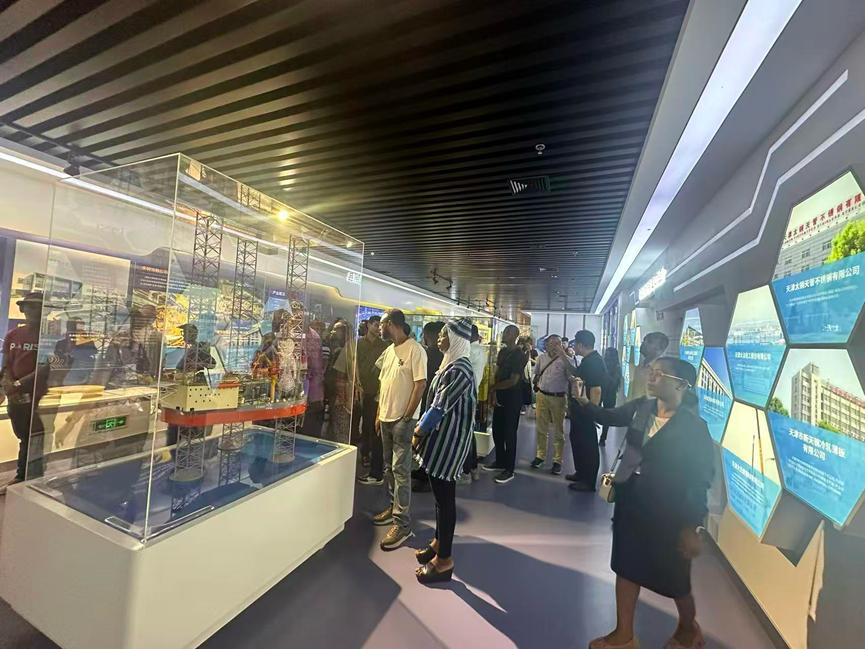
Figure 1 Visit the Tianjin Airport Economic Zone Exhibition Center
As a vital platform for China's open economy and a key fulcrum for the coordinated development of the Beijing-Tianjin-Hebei region and the Belt and Road Initiative, the Bonded Zone benefits from the pioneering policies of the Tianjin Pilot Free Trade Zone and Tianjin Binhai New Area. It possesses distinct advantages in openness and innovation. The Tianjin Pilot Free Trade Zone comprises three distinct sub-zones: the Airport sub-zone, the Central Business District sub-zone, and the Dongjiang sub-zone.
TPFTZ focuses on developing key industries such as high-end equipment manufacturing, food processing and manufacturing, transport equipment manufacturing (aerospace, railways, and ships), bulk commodity trading, and modern services. The on-site narration gave international students a profound appreciation of the bonded zone's rapid economic development and exceptional efficiency.
Diversification and Intelligence: Smart Banking
Hengyin Financial Technology Co., Ltd., established in 2004, is a high-tech, Shanghai Stock Exchange listed company specializing in smart banking equipment production. Dedicated to providing comprehensive intelligent products, technologies, and services encompassing cash handling, non-cash transactions, and payment security – essential for traditional banks' transformation into smart banking, Hengyin stands out as a leading domestic equipment provider of smart banking.
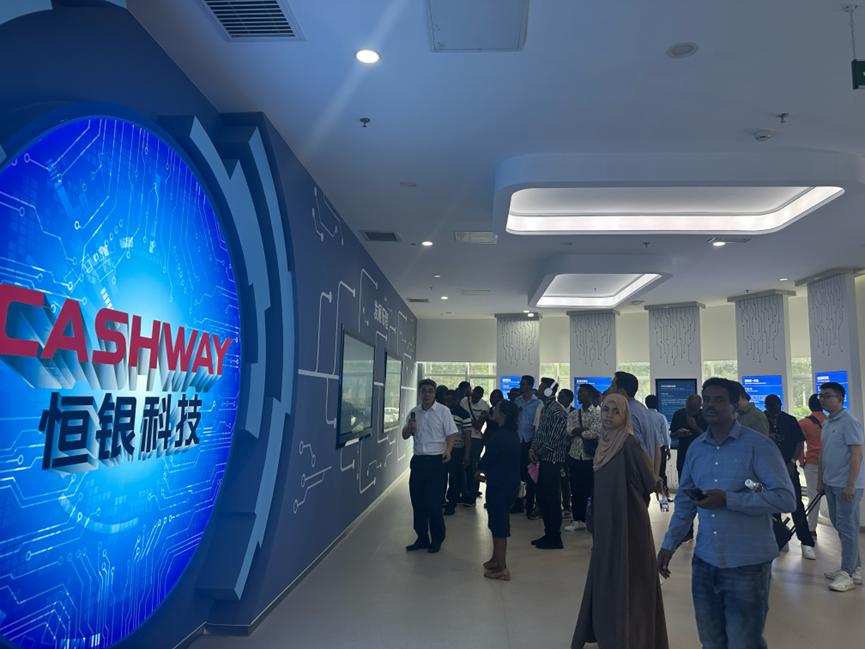
Figure 2 International Students at Hengyin Financial Technology Co., Ltd.
Through presentations by the company's staff, international students gained an in-depth understanding of Hengyin Financial's portfolio of innovative applications on smart government services, intelligent transportation, digital healthcare, and smart retail. On-site, they engaged in lively discussions with company personnel regarding the firm's business expansion across multiple nations in Asia and Africa. The international students demonstrated keen interest, with many expressing their desire to pursue future business collaborations with Hengyin.
Smart Manufacturing, Connecting the Future: Exploring Lenovo's Smart Factory and Future Centre
Lenovo Tianjin Future Centre is a technology exhibition hall established by Lenovo Group, at the Tianjin Smart Innovation Industrial Park, with a total exhibition area of 6,900 square meters. International students first viewed the digital art exhibition displayed on a giant wraparound screen on the ground floor of the exhibition hall, experienced the fusion of Tianjin's history and modernity, technology and traditional culture.
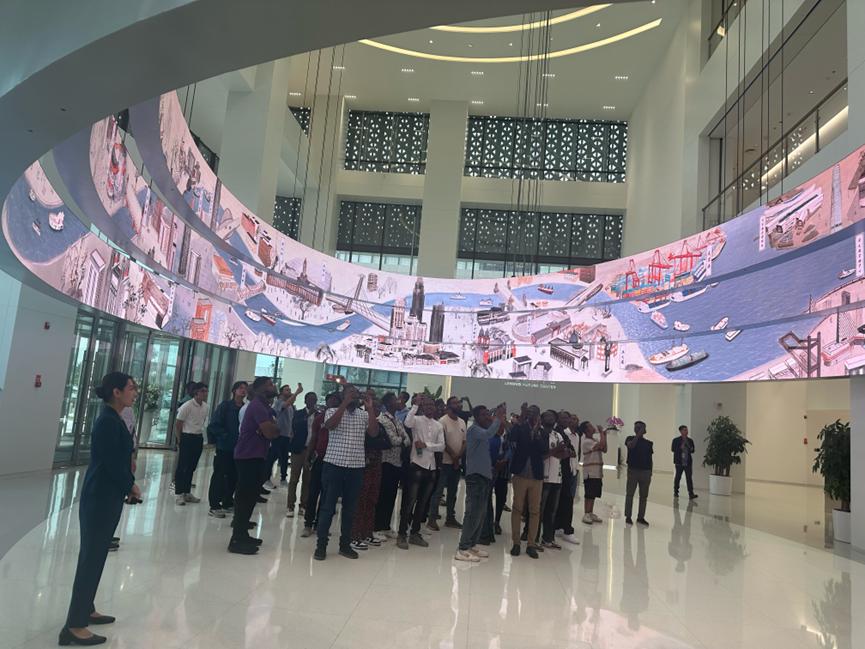
Figure 3 International Students enjoy Lenovo's Giant Surround-Screen Display
on the second floor of the exhibition hall, international students immersed themselves in diverse array of cutting-edge smart devices, touching AI and other intelligent operating systems. They were deeply impressed by new technologies, some students even expressed desire to purchase some devices on display.
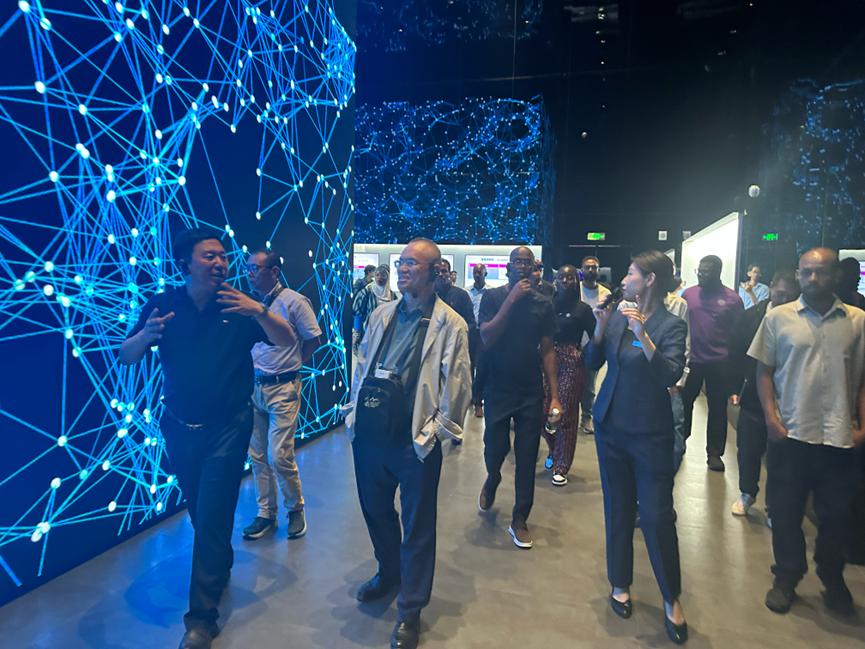
Figure 4 Mr. Li Jinhui , Director of the Industrial and Information Technology Bureau of TJPFTZ, talks on-Site about Lenovo's Latest Technological Applications
Guided by Lenovo tour guides, international students observed Lenovo's near-unmanned smart manufacturing workshops, fully automated warehouse systems, and company's zero-carbon manufacturing technologies. Within the interactive smart manufacturing experience space, students gained insights into Lenovo's global supply chain, management capabilities and outstanding technological achievements.
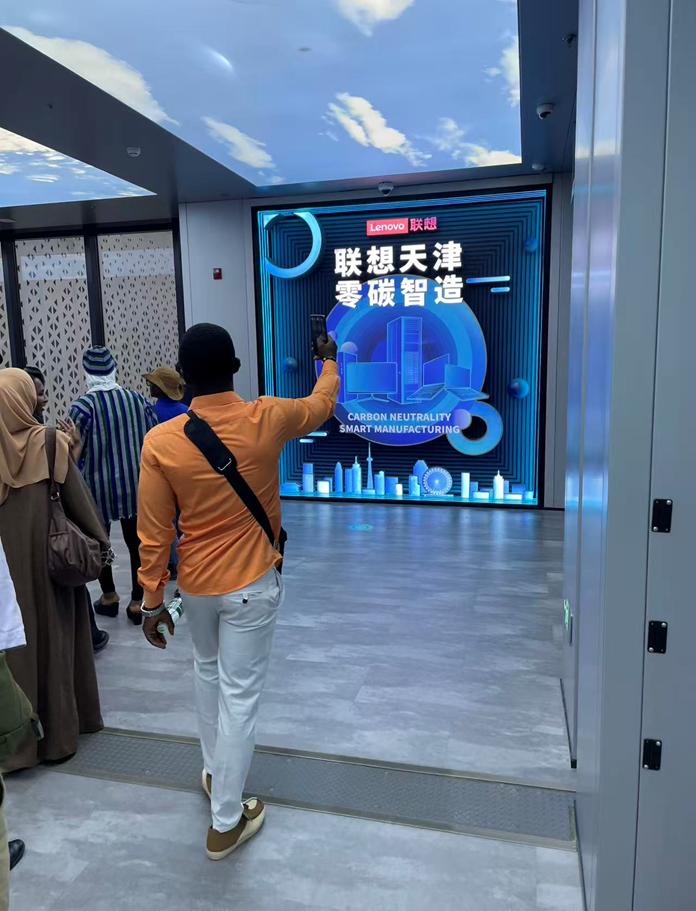
Figure 5 students at the Zero-Carbon Manufacturing Technology Space
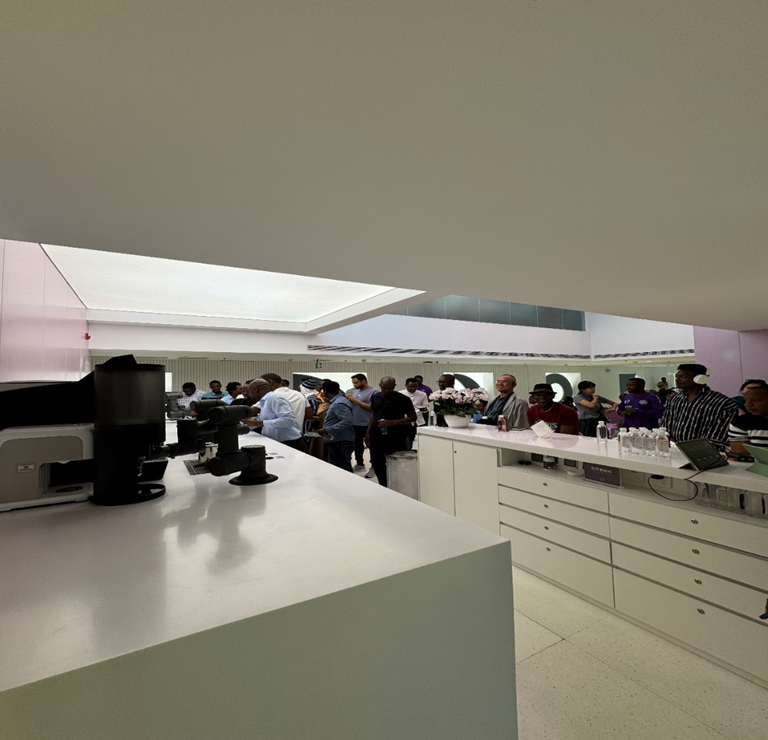


Figure 6 Tasting Coffee Made by Lenovo Robots, Lingering Long After
This visit effectively fostered international exchange and mutual learning, broadened avenues for university-enterprise collaboration and international partnerships, and charted new courses for Tianjin's technology enterprises to expand overseas. Concurrently, international students gained a deeper appreciation for cutting-edge developments and practical applications of software engineering, furthering their confidence and vision for engaging in international collaboration and building a digital future. This experience left them with profound and cherished memories.